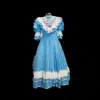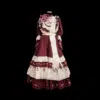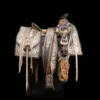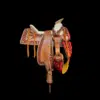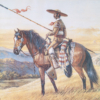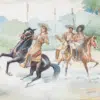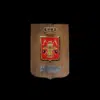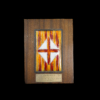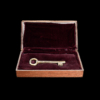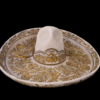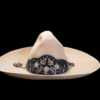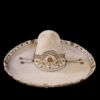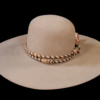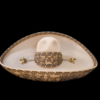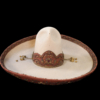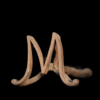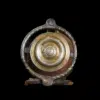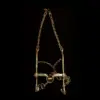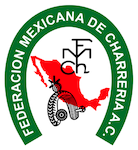STEEL HEEL SPURS
In our exclusive display case dedicated to spurs, you will find an impressive silver heel spur. This pair of spurs is made of steel and is distinguished by the meticulous work of silver inlay that adorns the guides, the castle and the slice, also including the silver on each spur.
What makes this piece even more exceptional is the inscription engraved inside: "Congreso Nacional Charro León GTO May 1966". These spurs were awarded by the government of Guanajuato during the 1966 National Charro Championship, being destined to the National Charro Federation. This specimen, although extraordinary, is only an example of the diversity of styles that our collection houses, ranging from the classic spurs with slices of different sizes to the most imposing and ornamented.
It is essential to highlight the distinction between the heel spurs used by the Chinacos in the 17th and 18th centuries and the charra spurs that became popular with the introduction of the one-piece Charro boot. The former were characterized by their specific design, conceived to fit the inclined heel of the boots they used. In contrast, the charra spurs have a completely different design, adapted to straight heeled footwear.
Inside the display case, nearly 50 specimens of Chinaca spurs are on display, with the ends of the bars being especially noteworthy. This exhibit highlights the marked difference between the spurs used by the Chinacos and the later charra spurs, which emerged with the adoption of straight-heeled footwear.
This change not only transformed the aesthetics of the spurs, but also their functionality and mode of use. The evolution in the design of spurs is a palpable testimony of how fashion and culture influence the charro tradition, reflecting the constant adaptation and renovation of this prized discipline.
Mexican metal art is a reflection of the country's rich tradition of craftsmanship and culture. It manifests itself in an exceptional way in the spurs of charreria and a wide range of accessories that adorn both charro clothing and saddles. This form of artistic expression encompasses various techniques, including engraving, fretwork and inlaying, which require meticulous skills and dexterity on the part of the artisans.
Metal engraving is a technique that allows the creation of intricate and detailed designs on the surface of the material. The engravings on charro spurs display motifs ranging from floral and geometric elements to representations of Mexican culture, such as the Virgin of Guadalupe or scenes of the charrería. Each stroke, each curve, tells a story and reflects the dedication and mastery of the artisan.
Fretwork, on the other hand, is a technique that involves the creation of designs through metal cutting. This meticulous process requires precision and patience, as every detail is crucial to the final result. On charra spurs, fretwork is often combined with engraving, creating an effect of depth and texture that enhances the beauty of the piece.
Inlay is another technique that stands out in Mexican metal art. It consists of the insertion of materials such as semi-precious stones or exotic woods into the metal, creating visual and tactile contrasts that enrich the aesthetics of the piece. In the charra spurs, the inlays can highlight certain elements of the design, adding a touch of elegance and sophistication.
The result of these techniques combined in the charreria spurs and other accessories is a palpable display of the ingenuity and skill of Mexican metal artisans. Each piece is not only functional, but also a work of art that celebrates the identity and tradition of charreria, enriching the dress and saddle with its beauty and cultural significance rooted in the heart of Mexico.
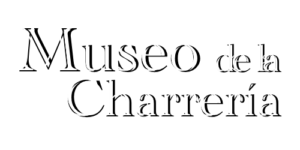
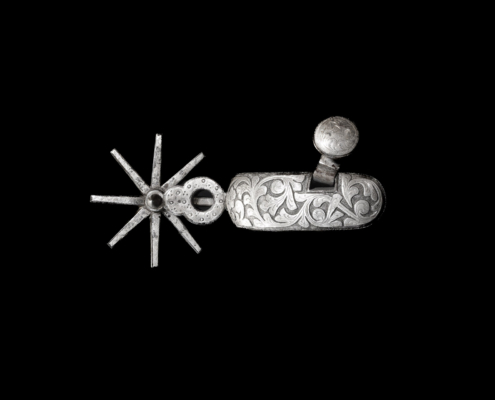

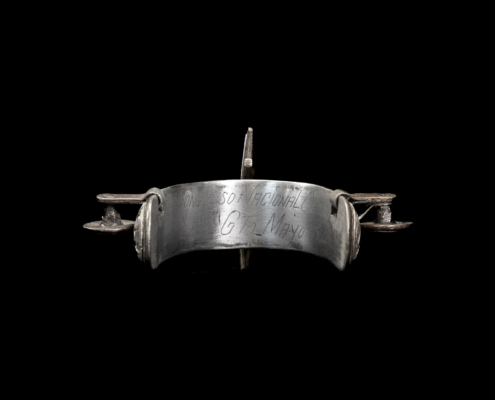
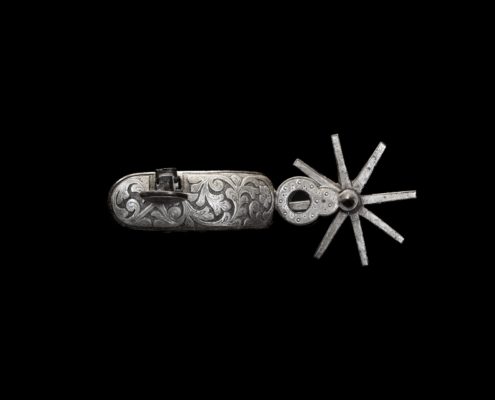
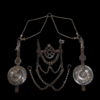
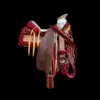
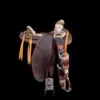
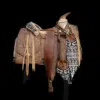
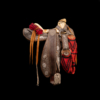
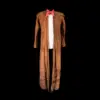

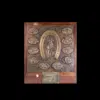
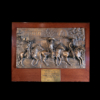
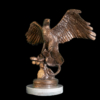
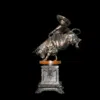

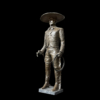
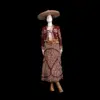
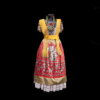
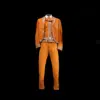
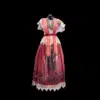 Antonio Gegundez
Antonio Gegundez